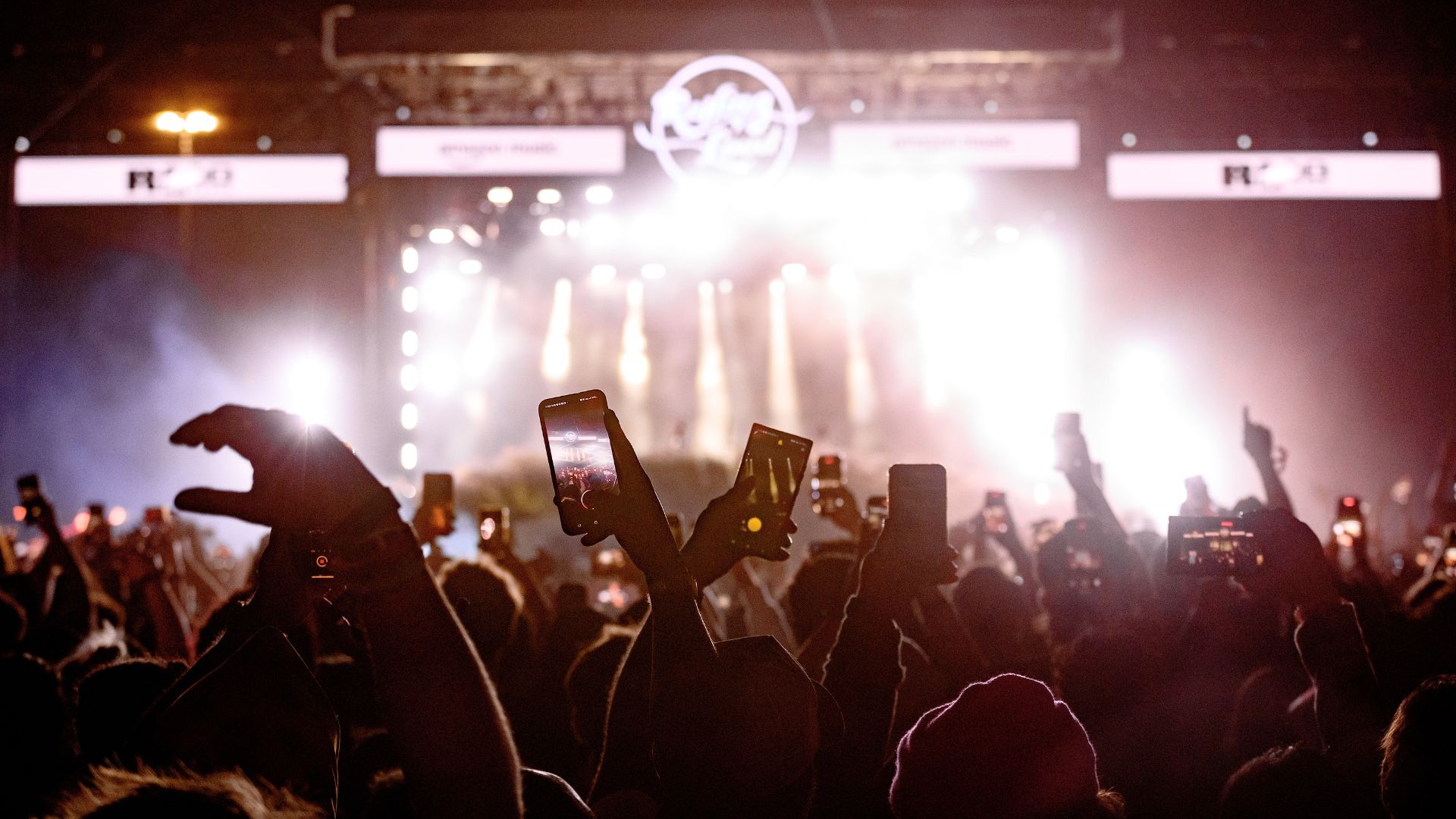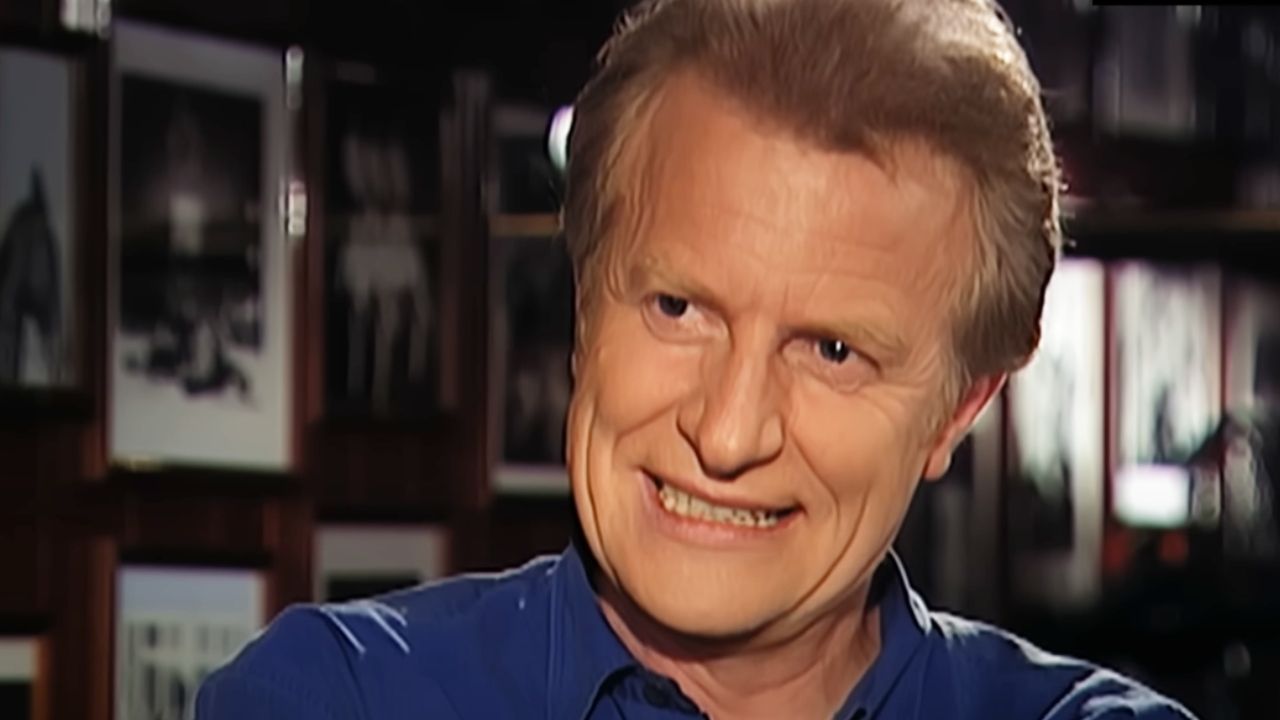Europe’s summer is coming to an end, and although that may be a little sad, there is one event that always brings joy to the hearts of many: Oktoberfest! This grand and traditional party, full of beer, typical food and lots of music, this year took place on Saturday, September 21st, in Munich, and we are here to tell you everything you need to know about this world-famous celebration.
What is Oktoberfest and when does it take place?
Oktoberfest is the largest folk festival in the world and takes place annually in Germany, more specifically in Bavaria. Traditionally, the party begins on September and extends until the first Sunday of October – this year, the festival runs until October 6th. The festival lasts between 16 and 18 days, depending on the year, and attracts millions of people from all over the planet.
What is celebrated at Oktoberfest?
Oktoberfest is a celebration of everything typical of Bavaria: traditional foods, lots of music and, of course, beer! The highlight of the opening of the party is when the mayor of Munich officially starts the event by banging the beer keg. During the festival, only beers from Munich’s six traditional breweries are served: Augustiner, Hacker-Pschorr, Hofbräu, Löwenbräu, Paulaner and Spaten-Franziskaner. These names are synonymous with tradition and quality, and their beers are served exclusively in large mugs, known as steins.
Where does Oktoberfest take place?
Oktoberfest is held every year in Theresienwiesea huge 100-acre plot of land located in the Ludwigsvorstadt-Isarvorstadt region, close to the historic center of Munich. The space is transformed into an amusement park filled with beer tents, toys, games and lots of live music.
What happens during Oktoberfest?
Although Oktoberfest is often associated with beer, in Germany the event is seen as a folk celebration that appeals to both families and lovers of a good drink. The party started in October 1810as a celebration of the marriage of the crown prince of Bavaria, who later became King Louis I, to Princess Therese von Sachsen-Hildburghausen. Since then, the tradition has expanded and, in addition to beers, the party offers different types of entertainment, such as brewery parades, dance shows, games, park attractions and, of course, lots of typical food such as sausages, pretzels and pork knuckles. .
Do you need a ticket to enter?
The good news is that you don’t need to buy a ticket to enter the Oktoberfest. However, it is important to be prepared, as during the event you will need money to buy food, drinks and to enjoy the attractions. It is worth remembering that there are ATMs on site, but the fees are usually high. Additionally, there are security checks at the entrance, so be prepared to face some queues.
Why does Oktoberfest take place in September?
Despite the name, which suggests that the party takes place in October, Oktoberfest currently starts in September. This is due to the milder climate at this time of year. When the festival began in 1810, it actually took place in October, but over the years it was brought forward to take advantage of the end of summer and warmer days. After all, a cold mug of beer is even better in the sun!
Is there a dress code?
Although there is no mandatory dress code to attend Oktoberfest, it is very common to see visitors wearing typical Bavarian attire. Women generally wear traditional dirndlwhile men use lederhosen – the famous leather pants. These costumes add a special touch to the celebration and are part of the cultural experience of the event.
Summary for those in a hurry:
- THE Oktoberfest is the largest folk festival in the world and takes place in Munichin Bavaria.
- Despite the name, the festival starts in September and goes to the beginning of October.
- The event celebrates Bavarian culture with typical food, music, and traditional beers from six breweries in Bavaria. Munich.
- The festival is free, but you will need money for purchases within the event.
- The tradition began in 1810as part of the celebrations of a royal wedding.
- The use of typical costumes, such as dirndls and lederhosenis common, but not mandatory.
Source: Atrevida
Earl Johnson is a music writer at Gossipify, known for his in-depth analysis and unique perspective on the industry. A graduate of USC with a degree in Music, he brings years of experience and passion to his writing. He covers the latest releases and trends, always on the lookout for the next big thing in music.





![Tomorrow belongs to us: What awaits you in the episodes of 2052 and 2053 on October 15, 2025 [SPOILERS] Tomorrow belongs to us: What awaits you in the episodes of 2052 and 2053 on October 15, 2025 [SPOILERS]](https://fr.web.img6.acsta.net/img/39/95/3995a2d00abbf3c01161818d01a95388.jpg)


